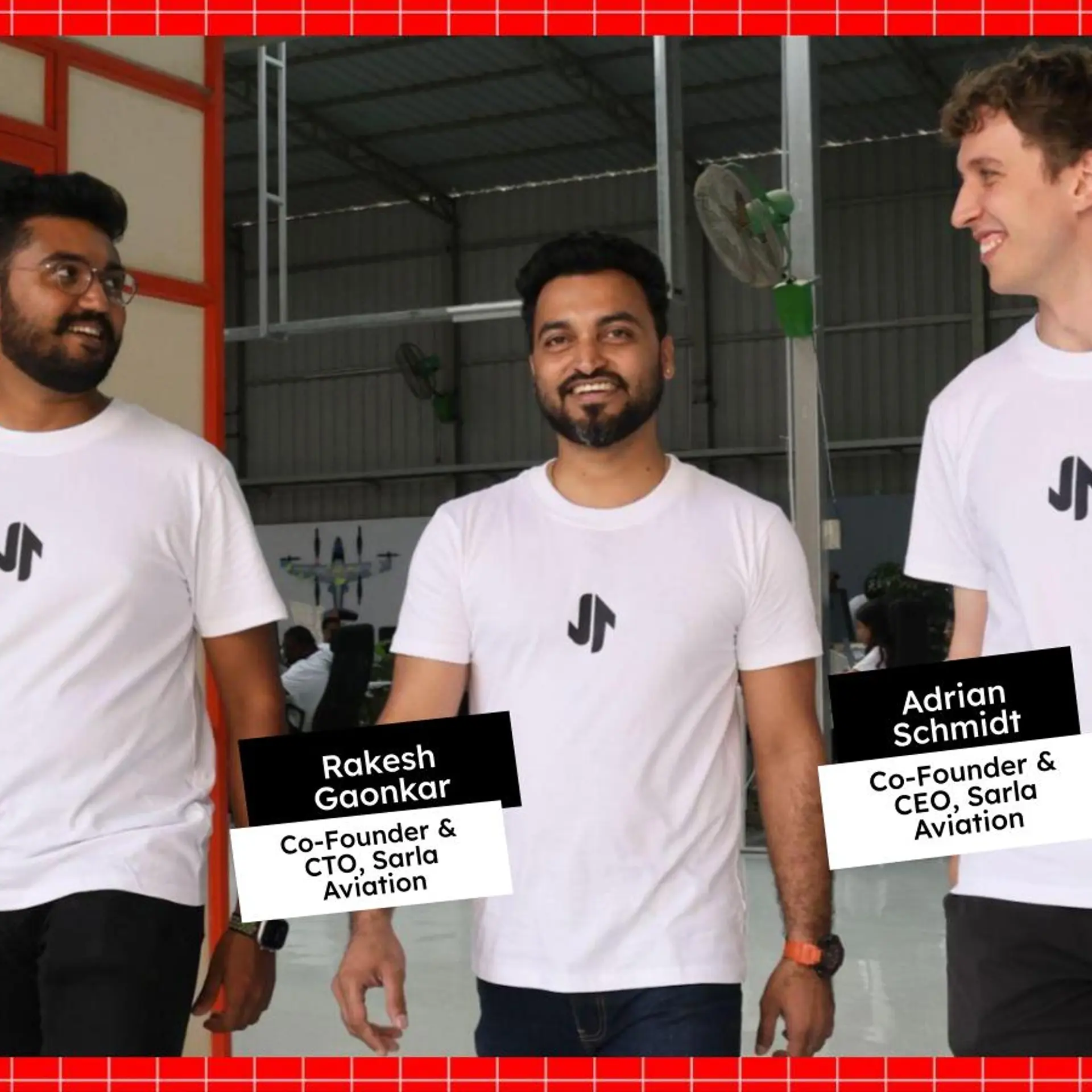The war of startups: The first mover-second mover conundrum
Startups need to realise that there is always competition. While being a first mover has advantages, there are many successful companies, which were not first movers.
The ‘Tour de France’ is considered to be one of the most demanding sporting events in the world. The event lasts nearly a month and includes more than 2,000 miles of mountains and rugged terrain passing through multiple European countries. It has been designed to push 200 pro-cyclists, who compete in it, to the limits of mental and physical endurance. I have always been fascinated by this race and followed it closely.

While pro cycling is largely considered an individual sport, teams work together to take on the natural elements and increase their odds of winning. One such tactic, drafting, involves teams cycling in a straight-line formation or ‘peleton draft’, to combat aerodynamic drag and help riders conserve energy.
The rider at the front of the pack takes on the most wind resistance and lets the riders behind him conserve energy. The team leader generally rides at the centre of the pack, where wind resistance is much lesser. In the final legs of the race, the team leader breaks the formation and looks to sprint to the finish line, overtake other competitors and win the race.
A similar analogy can be made in the business world. Solving problems that are not solved for before is the mantra among startups. Many people tend to skirt around the question of competition. I am often surprised when entrepreneurs claim that they have no competition because there is always competition. While being a first mover has its own advantages and has enough success stories, there are a lot of very successful companies, which were not first movers when they launched. They were a second or a later entrant in the market, who beat the first movers. While the second mover may be behind the market leader at this stage, they are able to conserve resources and tweak their strategy by observing the market leader.
The first mover, on the other hand, faces the most resistance and has to invest time and resources to create the market. Stanislav Dobrev, a professor at the University of Utah, take this further in his research paper that discusses the ‘first mover disadvantage’ and notes that being the first to dive into uncharted waters is not always the best move. So, it is not always about being the first to market; it is about being the first to get the market right.
Take, for example, electric cars. Tesla was neither the first to invent nor the first to market electric cars. However, they launched when the market was ready for electric cars with impeccable execution.
Another example is of smartphones. While Apple is credited for bringing the world into the smartphone era, the iPhone wasn’t the first smartphone. But what Apple did better than any of its predecessors was marrying hardware and software to provide a multi-touch interface that was easy to use.
Google, too, was founded many years after the world’s first search engine, but the team devised a more effective solution to rank pages based on number and quality of links coming back to websites.
Ola too could be in this category, soon. On the global front, Uber is the current market leader, active in most countries in the cab-aggregating space. But Ola is estimated to be the current market leader in India. It also has the distinction of introducing multiple local innovations such as offline bookings, local language apps, and Ola Autos. With recent launches in international markets like the UK and Australia, Ola has shown its global ambitions.
Switching gears to the Chinese startups, there are some interesting takeaways. It almost has an average of 5–6 times the number of startups in a particular category compared to the US and yet there are startups being disrupted on an ongoing basis.
If you look at companies segment-wise, which did exceeding well in China; it makes you wonder whether there is a real formula for success or companies are just playing a game of Russian roulette and the winner is the company that survives and doesn’t shoot or sabotage itself. Because the winning companies in each segment weren’t always first to market.
There are companies that have been the first movers, some in the early few and some who launched when the competition was at its peak. What it tells us is you can be in any stage of the market but if you execute well with unique insight, you can be a market leader. It is important to build competitive advantages whether it is product, distribution or marketing. Play to your strengths and innovate by doing different things or doing the same things differently.
With a decade since the accelerated growth in Indian startups, newer ideas may be few and competition is everywhere. I believe there is a huge scope to innovate even in a crowded marketplace, build a strong consumer-facing brand and own a share in the consumers’ mind and wallet.
Many times entrepreneurs say that they are on a price war and this is not going to sustain in the market. I suggest then let’s figure out how to outlast. In India especially, in the context of consumer companies, this is very important because you can drive yourself down to the ground if you are trying to outgrow the market or undercut a product’s price. In the long run, you need to be smart, insightful and self-reflective.
In the last few years, we have seen startups emerge across sectors such as healthcare, agriculture, FMCG, mobile content and entertainment, financial services, and logistics. The recent Flipkart-Walmart deal has shown the tremendous opportunity for growth that India had to offer in the horizontal e-commerce space. All eyes are now on what could be the next big opportunity that is ripe for disruption. In the coming years, we will likely see many companies leverage frontier technologies such as artificial intelligence, blockchain, augmented and virtual reality, drones, and the Internet of Things and build more innovative products.
Also, there will be a continued investment into startups working across these domains that will now look to cater to the next 400 million first-time internet users. Rajan Anandan, MD, of Google India summed up the Indian opportunity and promise well in a recent CNN report.
He said, “The reality is only 30 percent of India’s market is online today. The real India that needs the internet, that can benefit from the internet is not yet online. In many ways, we are in day zero of the Indian internet.”
The true depth and scale of the opportunity in India will be apparent within the next few years and India too could see exponential growth and competition. But we would need unique #HindustanHamara or uniquely Indian business models and innovations to cater to the next generation of Indian consumers coming online.
With the rapid adoption of budget smartphones and access to mobile internet in India, more and more Indians are getting comfortable with consuming content and transacting online. Backed by this growth, will social commerce and native language focussed businesses be some of the next frontiers for India’s growth?
Acknowledging Harshith Mallya, a contributor to this article. Harshith is a Kstartfellow.
Disclaimers:
The article is strictly an independent opinion of the writer, not representative of Kstart or Kalaari.
The views and opinions expressed in this article are those of the author and do not necessarily reflect the views of YourStory.
Kalaari is an investor in YourStory.







